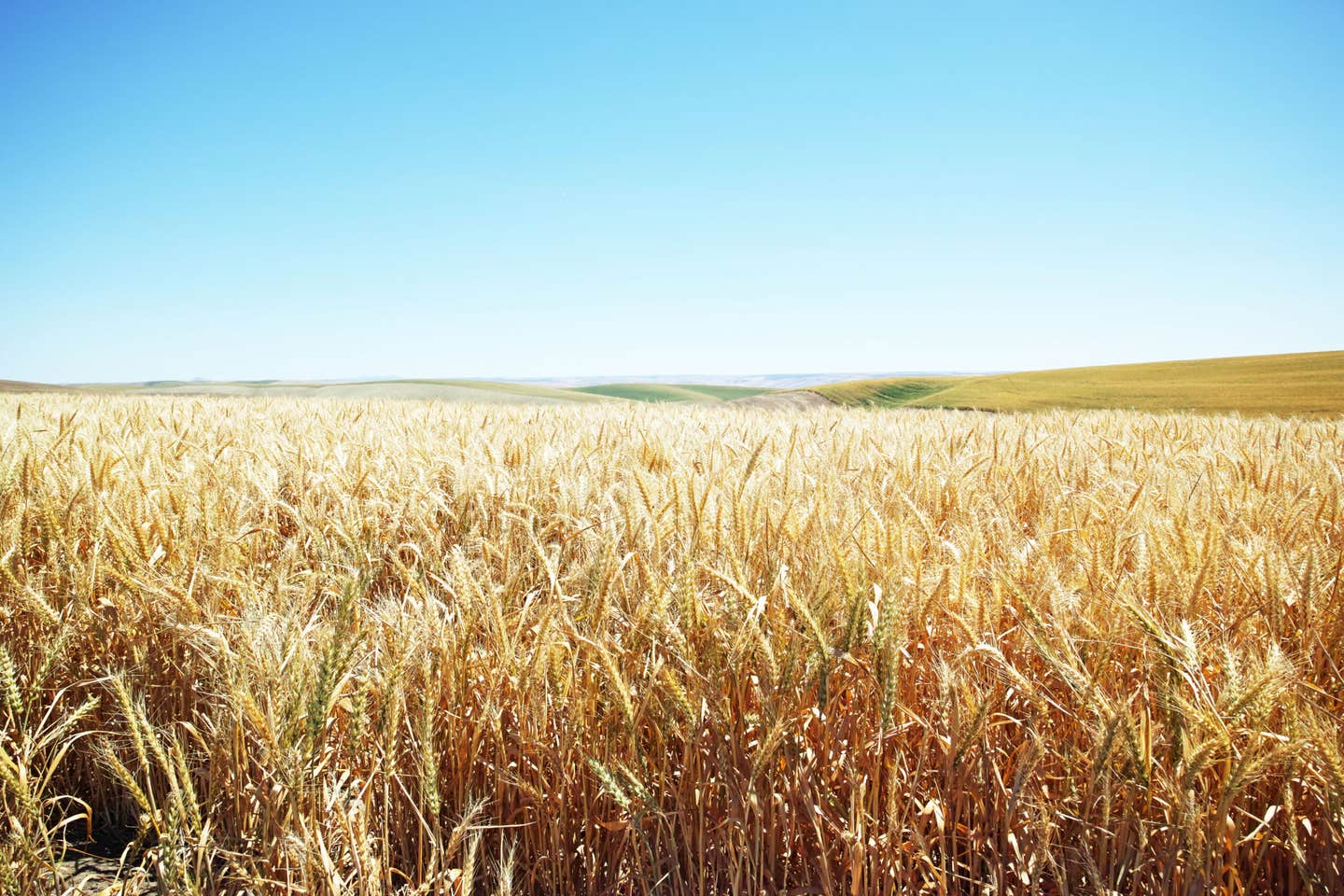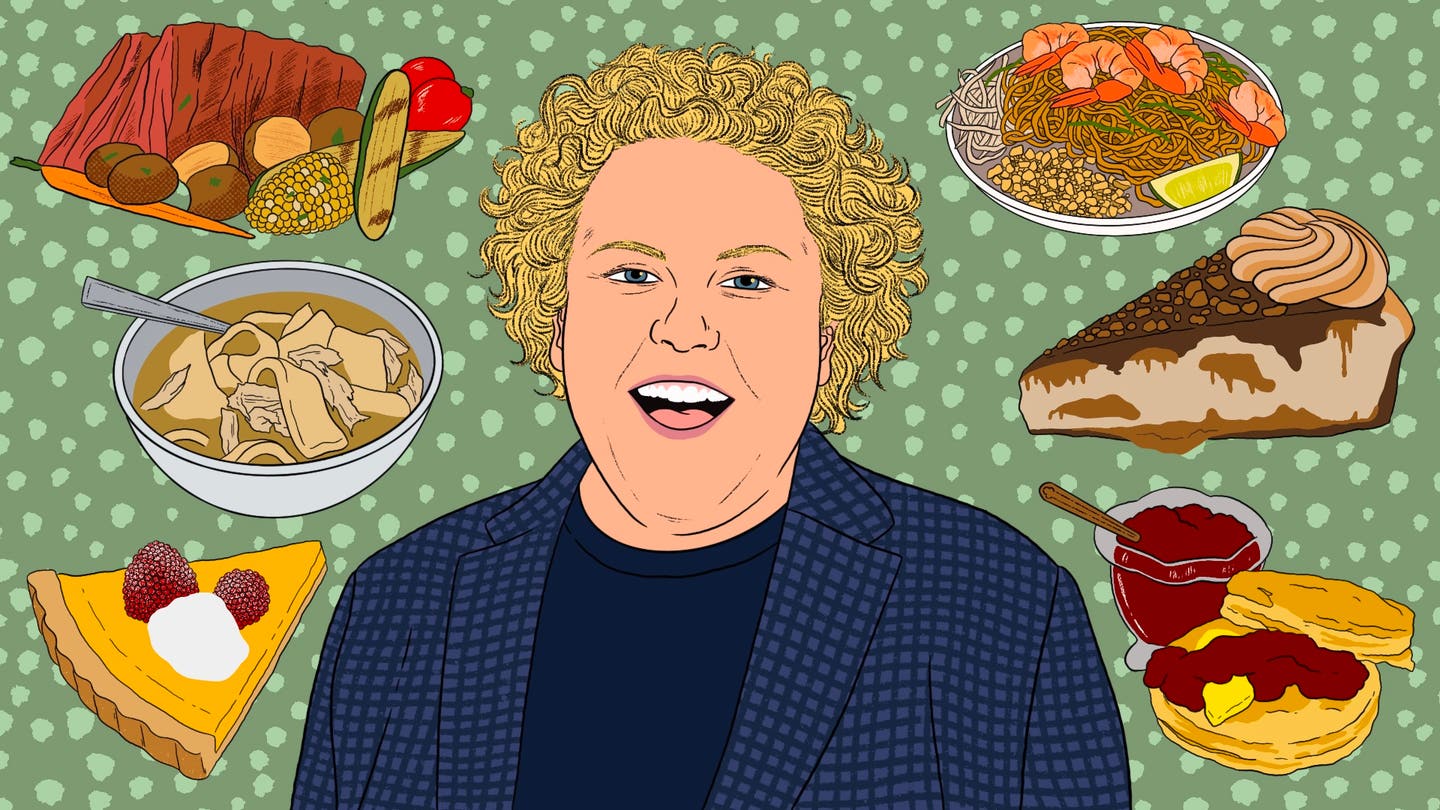
Excited For Fall Baking? Here’s How to Navigate the Wheat Shortage
Extend your flour supply with these practical tips and easy swaps.
If you’ve noticed the price of your daily bread rising, you’re not alone—wheat supply issues are causing shortages and driving up grocery receipts across the globe. In the U.S., flour prices in July were up 44.8% compared to the same time last year, according to the Bureau of Labor Statistics. Reminiscent of the early pandemic, shortages and accompanying price hikes may force restaurants and home cooks to find ways to improvise in the kitchen.
Called the “breadbasket of Europe,” Russia and Ukraine are two of the largest exporters of wheat, together accounting for nearly 30% of the world’s exports. Wheat production didn’t halt after Russia invaded Ukraine, but getting it out of the country suddenly became a logistical nightmare, adding strain to a wheat market already battered by COVID-19 and the ongoing climate crisis.
While some countries, particularly those that rely on these exports, will face empty grocery store shelves, wealthier nations like the U.S. will more likely feel the repercussions in the form of price hikes. Though, with the compounding effect of fertilizer shortages and the massive elephant in every room, climate change, flour’s fate is far from certain.
Whether you’re feeling the pinch in the wallet or the pantry, it seems prudent to tap the experts for their advice on how home bakers should navigate the ongoing wheat and flour shortages.
Frank Barron, better known as @cakeboyparis, knows a thing or two about baking through scarcity. The Paris-based cake maker was in the thick of recipe development for his latest book, My Sweet Paris, when the pandemic rippled across Europe. “My go-to flour for baking here in France is T-65, which I find to be the closest to American all-purpose flour. It was often sold out during those first three months of the pandemic so I had to get creative with substitutions,” he recalled.
For an alternative to all-purpose, Barron often used spelt flour, which was always in stock at his neighborhood natural grocery store. “I also made the pleasant discovery of rice flour as a substitute for all-purpose flour. The brown rice variety has a distinct nutty taste, which is delicious in recipes like banana bread and carrot cake,” he continued, noting that it’s important to choose finely ground rice flour to avoid a gritty texture.
To conserve your all-purpose flour supply, Barron also suggested subbing in nut flours, like pistachio, almond, or hazelnut, which he did for several recipes in his book. The result, explained Barron, is a crumblier texture but with a rich nutty taste—a flavor that works well in, say, a Persian almond cake, or Barron’s own pistachio cherry tea cake.
Andrew Ullom, owner of Union Special Bread in Raleigh, North Carolina, has faced no shortage of challenges in the three years since opening his bakery. During his 36 months in business, flour prices have increased by 115%.
Running a professional bakery doesn’t allow much wiggle room for substitutions—“it would take us six weeks, at least, to retool our formulas,” said Ullom—but when he bakes at home and finds himself short on bread flour, Ullom combines Vital Wheat Gluten (VWG) with all-purpose flour (or any other low-protein flour). Just a small proportion of VWG (2-3%) goes a long way toward boosting the much-needed protein content, he explains.
Or, let’s say whole wheat flour is the only available option. It could make a great substitute for AP flour—but, Ullom cautioned, be ready to augment your liquids. “If you’re making bread, you'll have to use more water, “ he explained. When subbing in whole-wheat flour in fluffy baked goods like muffins, “you'll use more fat and more egg.” Not upping the liquid content could result in a texture that’s too gritty. “And it will also be a brick,” Ullom added. Whole-grain flours absorb more water and, as a result, cause dough or batter to stiffen. “We love using as much whole grain as we can—it’s delicious, it's healthy, and it works with great fermentation—but it is definitely tricky to make whole-grain chocolate chip cookies.”
Finally, to extend the lifespan of the supply of flour already in your pantry, Ullom recommends refrigeration. “If you keep flour cold, it lasts a lot longer, especially if it's freshly milled—the fats won't go rancid. Or, by all means, put it in a Ziploc bag and freeze it.”
In early August, Reuters reported that the first wheat-hauling ship to depart Ukraine since the conflict erupted in February had left the harbor, per a safe-passage agreement brokered with Russia. It may be a glimmer of hope for the wheat market, and a sign that falling prices are on the horizon—albeit, likely not anytime soon. In the meantime, home bakers can lean into some experimentation.
When testing new flours, Barron encouraged adjusting expectations: “There might be a little trial and error when it comes to substitutions until you get results you are happy with.”
Ullom echoed that sentiment: “Every once in a while, you’re going to try something and it won’t be good,” he said. “That’s the learning process.”
Keep Reading
Continue to Next Story










